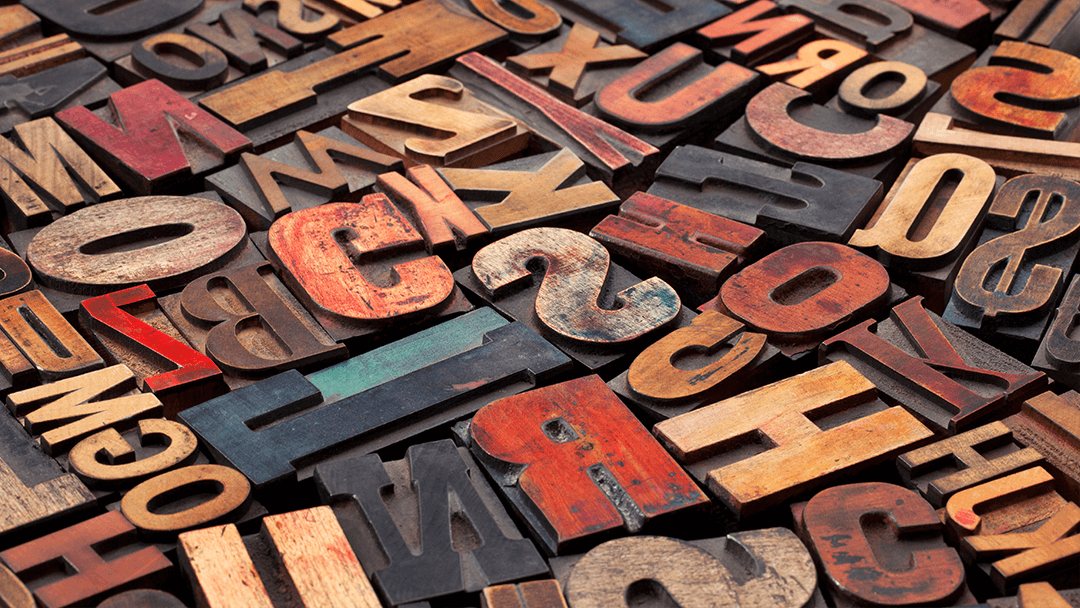-
Offset Lithograph
-
Digital Printing
-
Large Format Printing
An alert. You have another email. Panic sets in, however on opening it you see that it’s just a summary of your print job. Relief washes over you. The worst is over.
But what is this, the printer has asked you how would you like you job printed, ‘digital, litho, large format, inkjet?’ You’re confused, surely it’s just printed on a printer? What are all these mysterious choices to be made, and should they be feared or have reverence paid to them?
We hope these descriptions will help you understand what the hell they are on about:
Offset Lithography
The plates are attached to cylinders on the printing press. Working on the principle that water and ink don’t mix the plate is rotated over damping rollers (water) and ink rollers (ink). The non image areas on the plate attracted the water and image areas of the plate attract ink. That inked image is subsequently transferred first from the plate to a rubber blanket and then to the printing surface, hence the term offset.
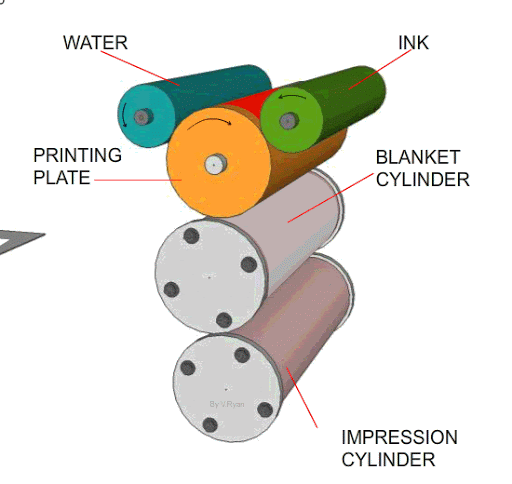
When coloured printing is required the coloured images are split in Cyan, Magenta, Yellow, and Black (CMYK). A set of four plates is need running on four separate cylinders in the printing press.
In some cases, there may be more than four plates. If a logo must appear in a certain Pantone colour, for example, or if a metallic ink is used in addition to full-colour images.
Offset printing has a high set up cost, prepress time, plates and making ready the press. But once the press is running it has a very low unit cost, making it the most cost effective solution for quanities of 500 or more.
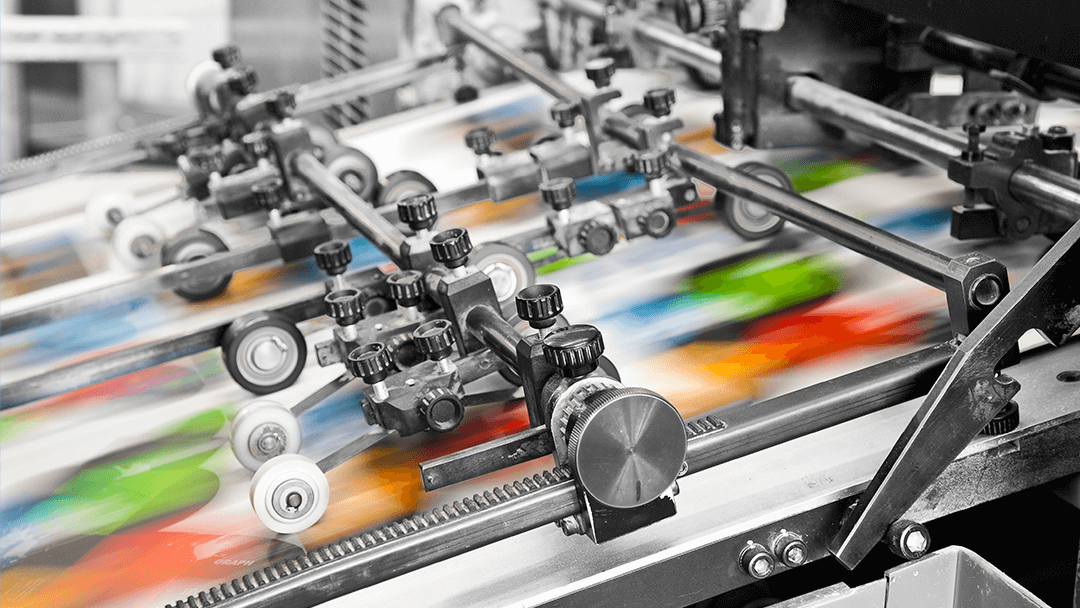
Digital Print
Most production digital printers use laser technology, similar to a photocopier. The image that needs to be printed is formed by selectively applying a charge to a metal cylinder called a drum. The electrical charge is used to attract toner particles. These particles are transferred to the media that is being printed on. To make sure the toner is fixed properly, the substrate passes through a fuser that melts the toner into the medium.
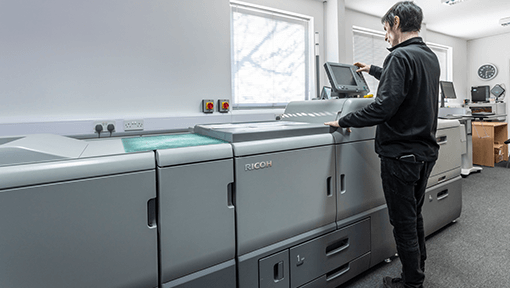
Large Format Printing
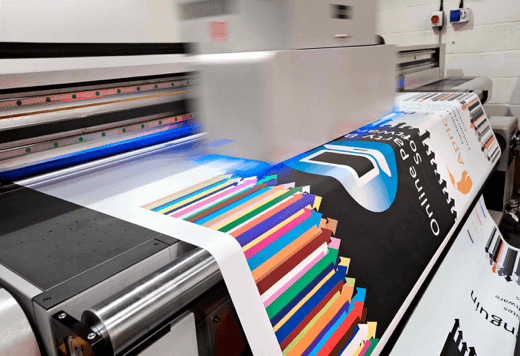
Most large format printer uses inkjet technology, small droplets of ink that are propelled from the nozzles of one or more print heads. Inkjet devices can print on a wide range of substrates such as paper, plastic, canvas or even doors and floor tiles.
There are numerous other technologies and new ones being introduced all the time for printing on a multitude of substrates.
https://en.wikipedia.org/wiki/Printing

